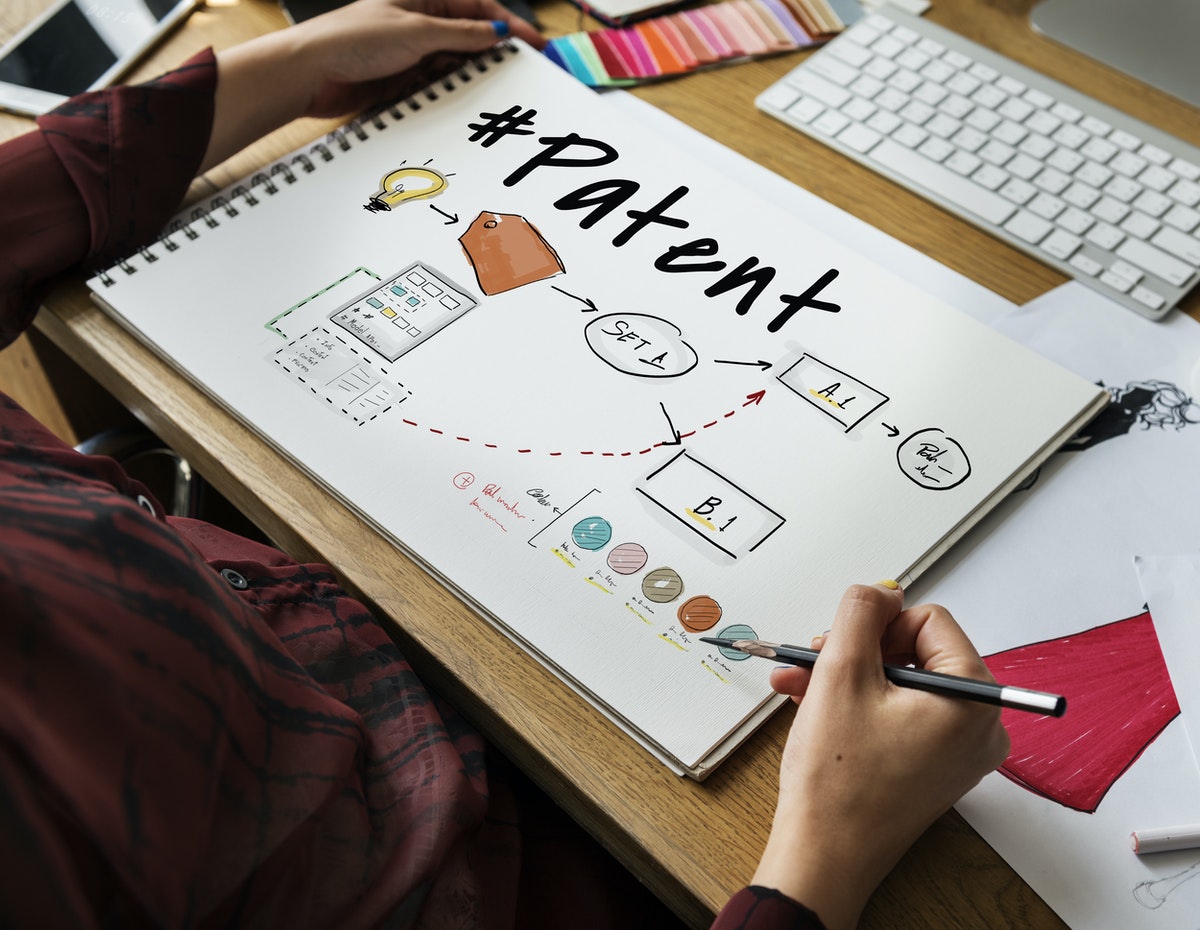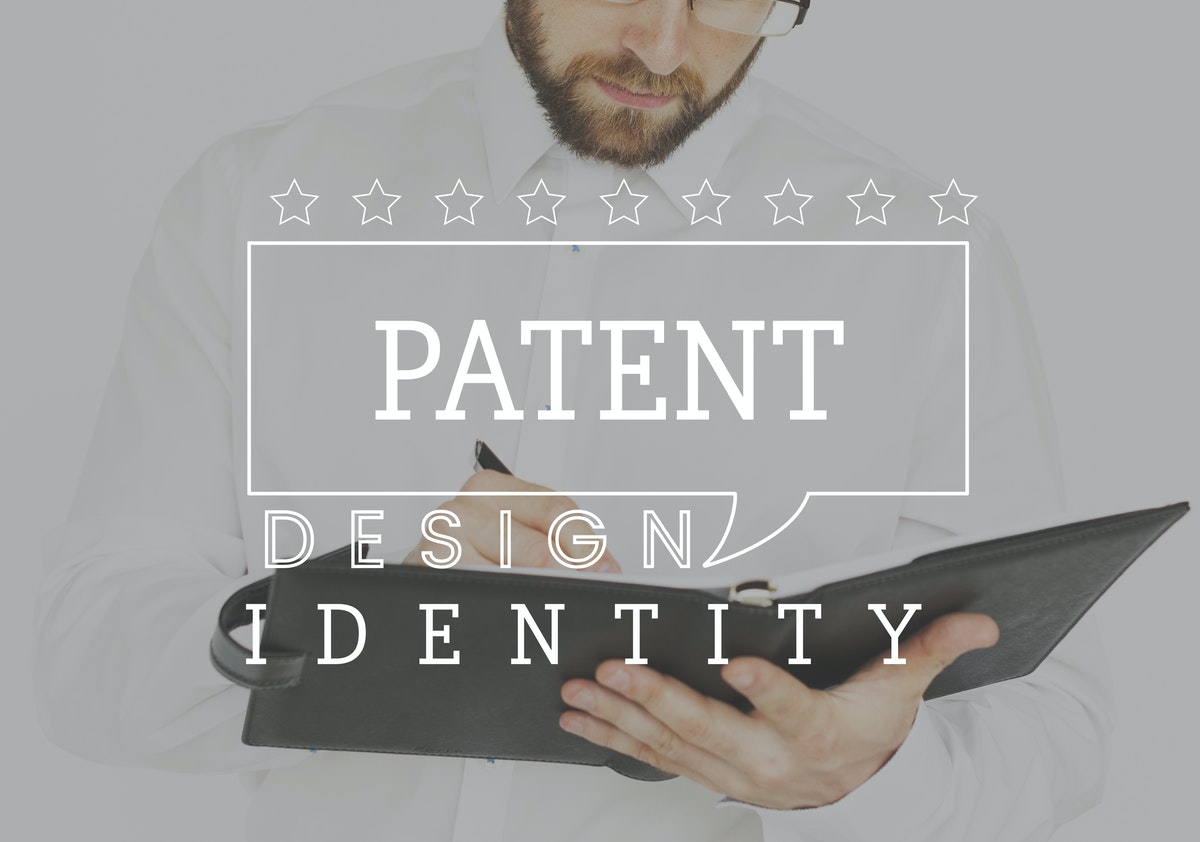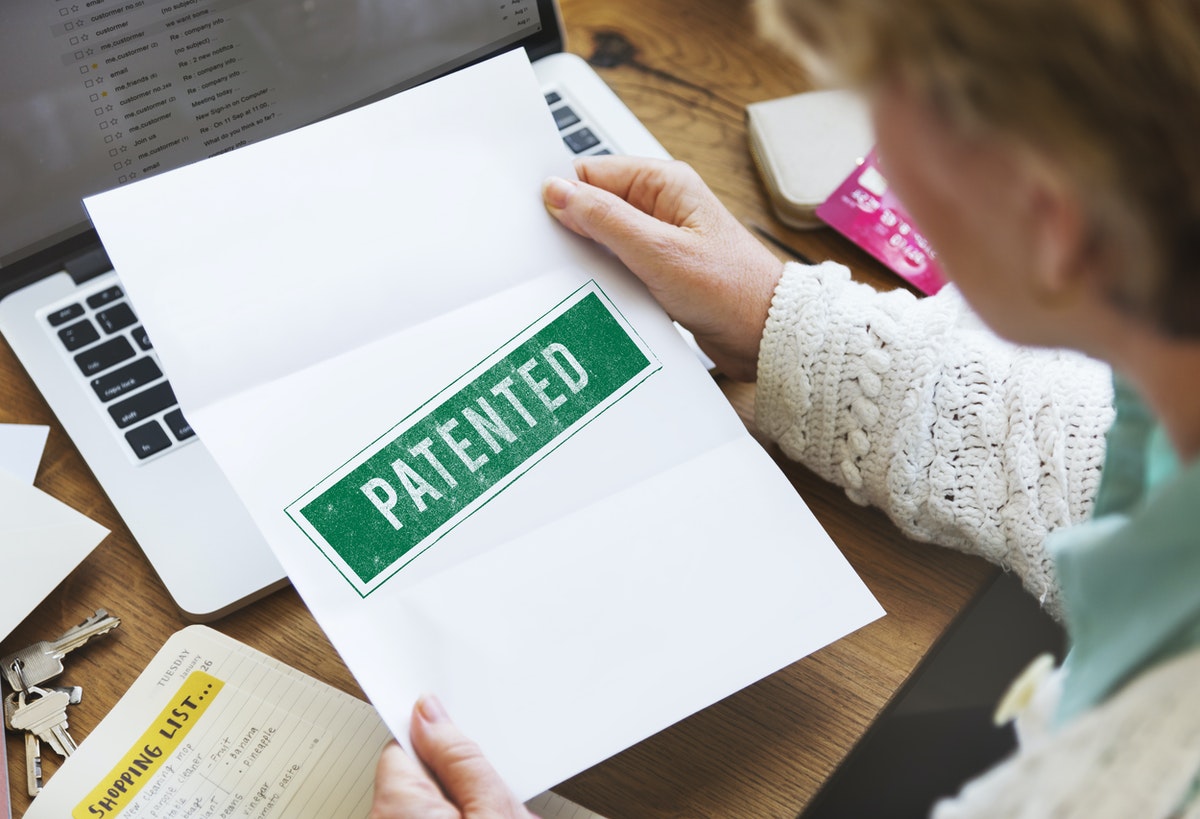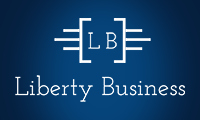How To Patent Your Invention? Protect Your Ideas

How To Patent Your Invention? Protect Your Assets
How to patent your invention? First of all, what is a patent? A patent is an exclusive right granted for an invention, which is a product or a process that provides, in general, a new way of doing something or offers a new technical solution to a problem. The term of a new patent is 20 years from the date on which the patent application was filed in the United States. The patent gives the patentee the right to exclude others from making, using, and selling the invention for a limited period of years.

How to patent your invention? Legal procedures.
What Are the Different Types of Patents?
There are three types of patents:
1) Utility patents: Anyone who invents or discovers any new and useful process, machine, article of manufacture, any new and useful improvement can get utility patents.
2) Design patents: Anyone who invents a new and original design for an article of manufacture can get design patents.
3) Plant patents: Anyone who invents or discovers and asexually reproduces any distinct and new variety of plant can get plant patents.
Before answering how to patent your invention, you must determine which category your invention falls into.
Nonprovisional Application for a Patent
Nonprovisional applications for patents are made to USPTO and includes:
- A written document which comprises a specification,
- An oath or declaration,
- Drawings (when necessary), and
- Filing, search, and examination fees.
Patent fees are consist of:
- Application filing
- Search
- Examination
- Post-allowance
- Extension of time
- Maintenance
- Miscellaneous
- Post issuance
- Trial and appeal
- Petition
- Service
- Enrollment

How to patent your invention? It takes time and money.
How To Patent Your Invention? Sample patent application filing, search, and examination fees
|
Description |
Fee |
Small entity fee |
Micro entity fee |
|
Basic filing fee - Utility (paper filing also requires non-electronic filing fee under 1.16(t)) |
320.00 |
160.00 |
80.00 |
|
Basic filing fee - Utility (electronic filing for small entities) |
n/a |
80.00 |
n/a |
|
Basic filing fee - Design |
220 |
110 |
55 |
|
Basic filing fee - Design CPA |
220 |
110 |
55 |
|
Basic filing fee - Plant |
220 |
110 |
55 |
|
Provisional application filing fee |
300 |
150 |
75 |
|
Basic filing fee - Reissue |
320 |
160 |
80 |
|
Multiple dependent claim |
840 |
430 |
215 |
|
Utility application size fee - for each additional 50 sheets that exceeds 100 sheets |
420 |
210 |
105 |
|
Utility search fee |
700 |
350 |
175 |
|
Utility examination fee |
800 |
400 |
200 |
How To Patent Your Invention? Provisional And Non-Provisional Applications
Utility and plant patent applications consist of two types, provisional and non-provisional applications. Provisional application provides the means to establish an early effective filing date in a patent application. Provisional patent applicants would have up to 12 months to file a nonprovisional application for patent. Within the 12-month waiting period, the applicant will benefit from the early registration advantage with the application. "How to patent your invention?" The answer to the question is also about timing. Most of the 500,000 patent applications made to the USPTO each year are nonprovisional applications for utility patents.
How To Patent Your Invention? Do I need An Attorney?
Patenting is a field that involves complex legal time, processes, and documents and requires expertise. Although a patent attorney or patent agent is not a legal requirement to get a patent, it is complex enough to be handled only by an expert.
In a nutshell,
How to patent your invention? A patent is an exclusive right granted for an invention, which is a product or a process that provides a new way of doing something or offers a new technical solution to a problem. The term of a new patent is 20 years from the date on which the application for the patent was filed in the USA. There are three types of patents: Utility patents, Design patents, Plant patents. Nonprovisional applications for patents are made to USPTO and includes: A written document which comprises a specification, an oath or declaration, drawings (when necessary), and filing, search, and examination fees.
Utility and plant patent applications consist of two types, provisional and non-provisional applications. A provisional application provides the means to establish an early effective filing date in a patent application. Provisional patent applicants would have up to 12 months to file a nonprovisional application for patent. Although a patent attorney is not a legal requirement to get a patent, it is complex enough to be handled only by an expert.
As A Team, We Are Ready to Help You!
To start and run your business in the USA, you need a lot of documentation to be prepared. When applying for a U.S permanent worker visa or any visa, we can help you. You cannot be an expert in every subject you need. An expert consulting firm you can trust will save you time and money. How To Patent Your Invention? Getting a patent is complex enough to be handled only by an expert, our business consulting team can help you avoid any possible problem.
Comprised of experienced business attorneys, marketing experts, and business advisors, Liberty Business has the answers to any questions or needs a blossoming business may have.
